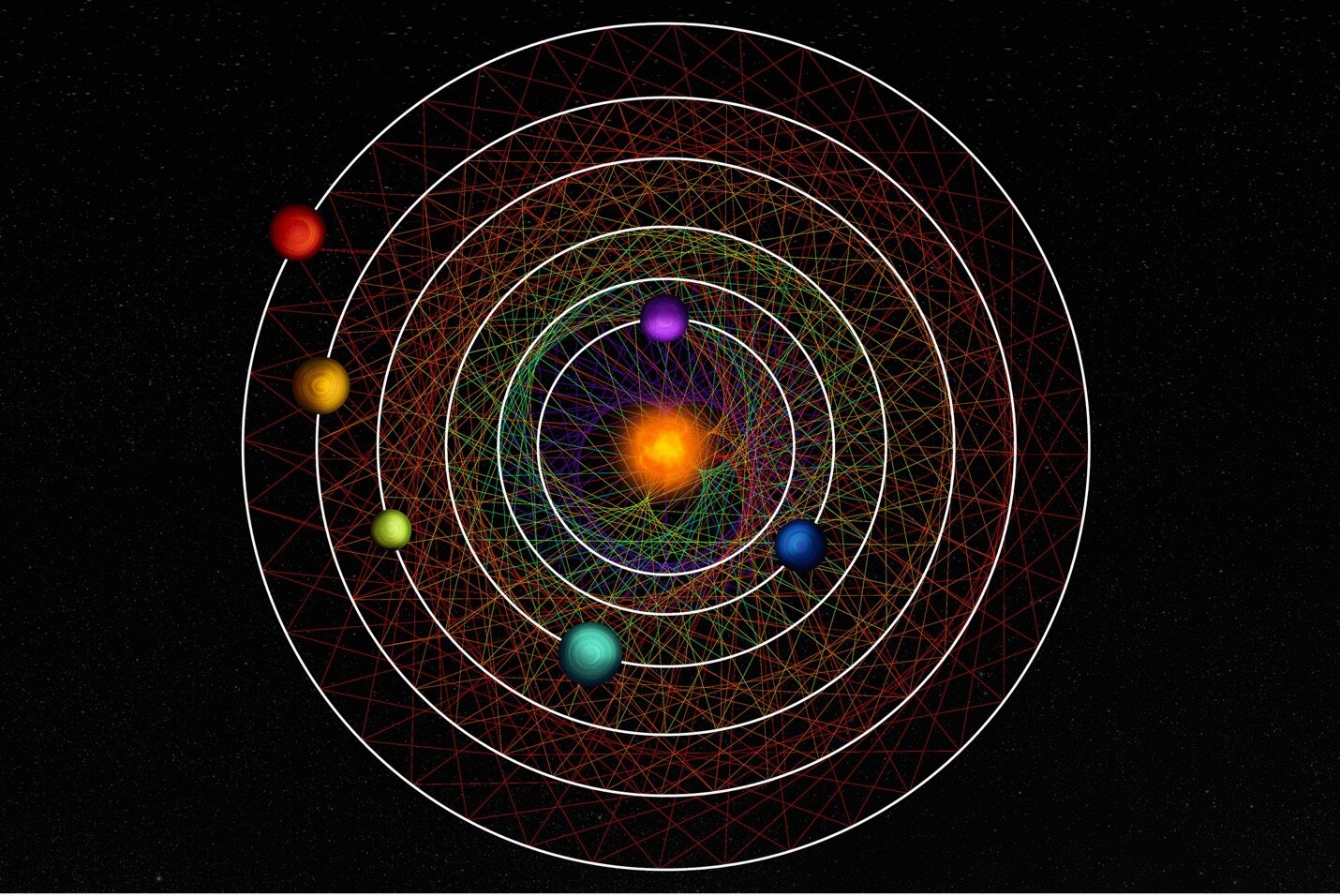Scientists have discovered a rare sight in a nearby star system: Six planets orbiting their central star in a rhythmic beat. The planets move in an orbital waltz that repeats itself so precisely that it can be readily set to music.
A rare case of an “in sync” gravitational lockstep, the system could offer deep insight into planet formation and evolution.
The analysis, led by UChicago scientist Rafael Luque, was published Nov. 29 in Nature.
“This discovery is going to become a benchmark system to study how sub-Neptunes, the most common type of planets outside of the solar system, form, evolve, what are they made of, and if they possess the right conditions to support the existence of liquid water in their surfaces,” said Luque



The redditor you guys are referring to is Andromeda123. Here is her explanation:
Andromeda321 commented 3 hr. ago
Astronomer here! Interesting result! “Stable” is not really the right word for this discovery- I mean, our own solar system’s planets are pretty stable- but instead the interesting thing here is the planets are in resonant orbits with each other. Resonant orbits occur when the orbits of planets or moons end up in sync with each other, as shown for this system in this video. (My favorite example resonant system though is still this video of TRAPPIST-1, which turns out to play great music!)
In this case, the system, HD 110067 (~400 light years from us), was found in TESS satellite data to have six planets in resonant orbits- so precise, in fact, that they first found the innermost 3 planets, then could find the other 3 based off predictions in the resonances! The paper has the full gory details, but they’re all “sub-Neptune” planets ~2-3x the radius of Earth- a category called “sub-Neptune,” and thought to be gassy planets in this case- and HD 110067 is the brightest star to host more than 4 planets (that we know of). The reason this system is interesting is because it implies nothing catastrophic has happened since it first formed over a billion years ago or so- in our own solar system, for example, we know planets crashed into each other quite a bit (for example, Earth was smacked by a Mars-sized planet, giving us our moon). This system though didn’t have that else you wouldn’t have these planets in such tight resonance, which gives astronomers a great system to study where things are roughly like they were like when it first formed.
The real conclusion here though is, yes, should make a fascinating JWST target! :D I’m sure we’ll read about those results sooner over later.
Thanks for populating Lemmy with interesting Reddit content without me having to go to Reddit!